The iPhone is a hero product
An ancillary product refers to an additional product that is obtained as a free or supplementary purchase while buying another product. These types of products are usually offered as an incentive to customers, rather than reducing prices or offering discounts, to encourage them to purchase the primary product. The main product of a brand is typically considered as their flagship (or “hero”) product, which embodies their values and is prominently displayed in presentations and displays. It is the product that people recommend to others and urge them to try. Regardless of how many products a brand offers, the flagship product is the one that best represents the brand. I think we tend to be willing to pay for the flagship product as we believe it provides good value for money, unlike ancillary products.





















